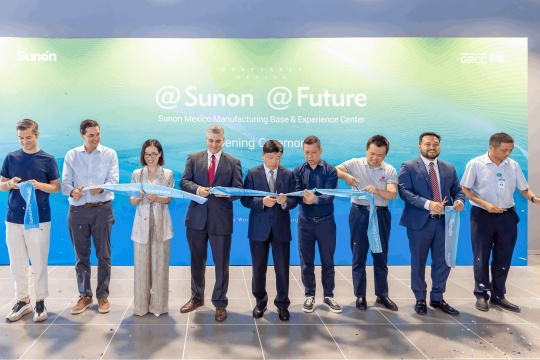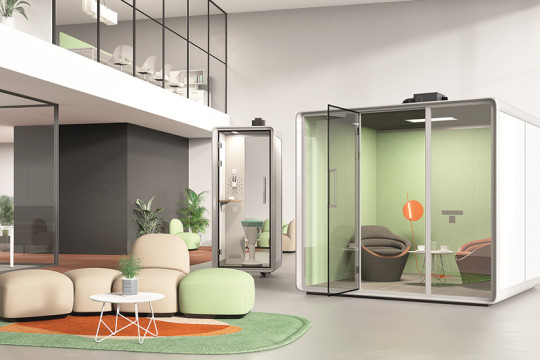Future-ready Offices Need Multifunctional Spaces
Nowadays, spaces aren't only made for one thing; they have different purposes throughout the day. It's time for flexible, interesting, and dynamic workspaces; single-purpose spaces are no longer appropriate. The needs of offices are changing as work becomes more varied.
More is being done in the contemporary office to boost employee enthusiasm and creativity. They ought to be malleable and flexible, enabling everyone to provide their best work dependent on the assignment at hand. Enter multifunctional office design, a way of thinking that aims to take the finest elements of both new strategies and established framework and apply them to the workplace.
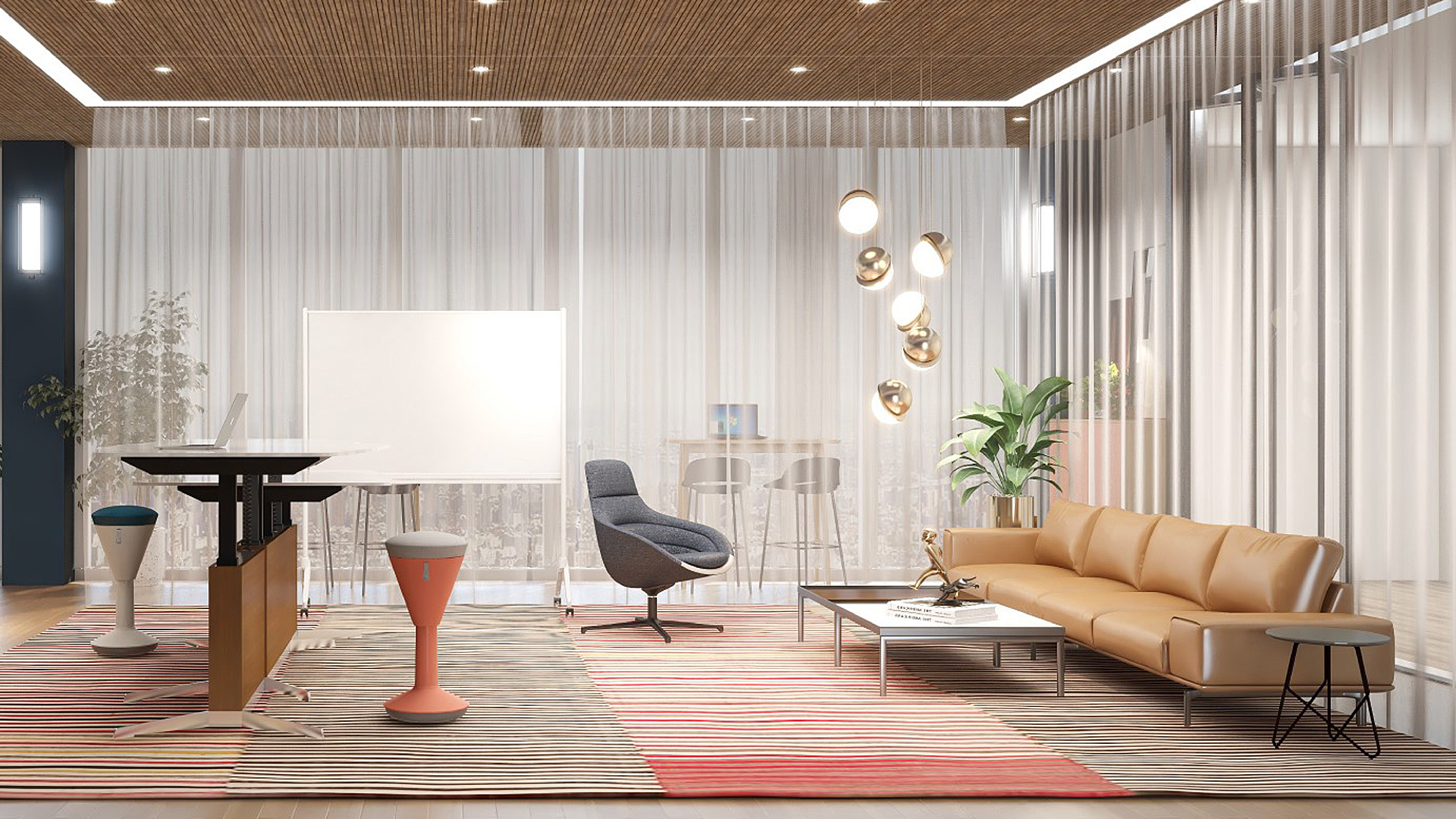
Why multifunctional design is important?
The concept of "one size fits all" is questioned by multifunctional office designs, which advocate for exclusivity in workspaces. The idea that every employee is different and needs a special workplace layout to be more productive, interesting, and creative is supported by multipurpose designs.
The workplace is more adaptable due to the lack of strong physical barriers. Additionally, flexible office spaces provide you with the chance to try out different workplace layouts.
Employees want their offices to be more flexible, individual, and open in the long run, according to reports.
Here are a few things to inspire you while creating multifunctional office spaces.
Communal spaces with many choices
In an organization, communal spaces are those that are used by several individuals at once. These are places that have been set apart where it is encouraged to walk around, converse, and take a little break. The monotony of a fixed furniture plan may be broken up by including different workstation layouts, such as standing workstations, co-working desks, cubicles, folding desks, and meeting pods. Employees can decide whether to work together in discussion rooms or individually in concentration areas depending on the type of job.
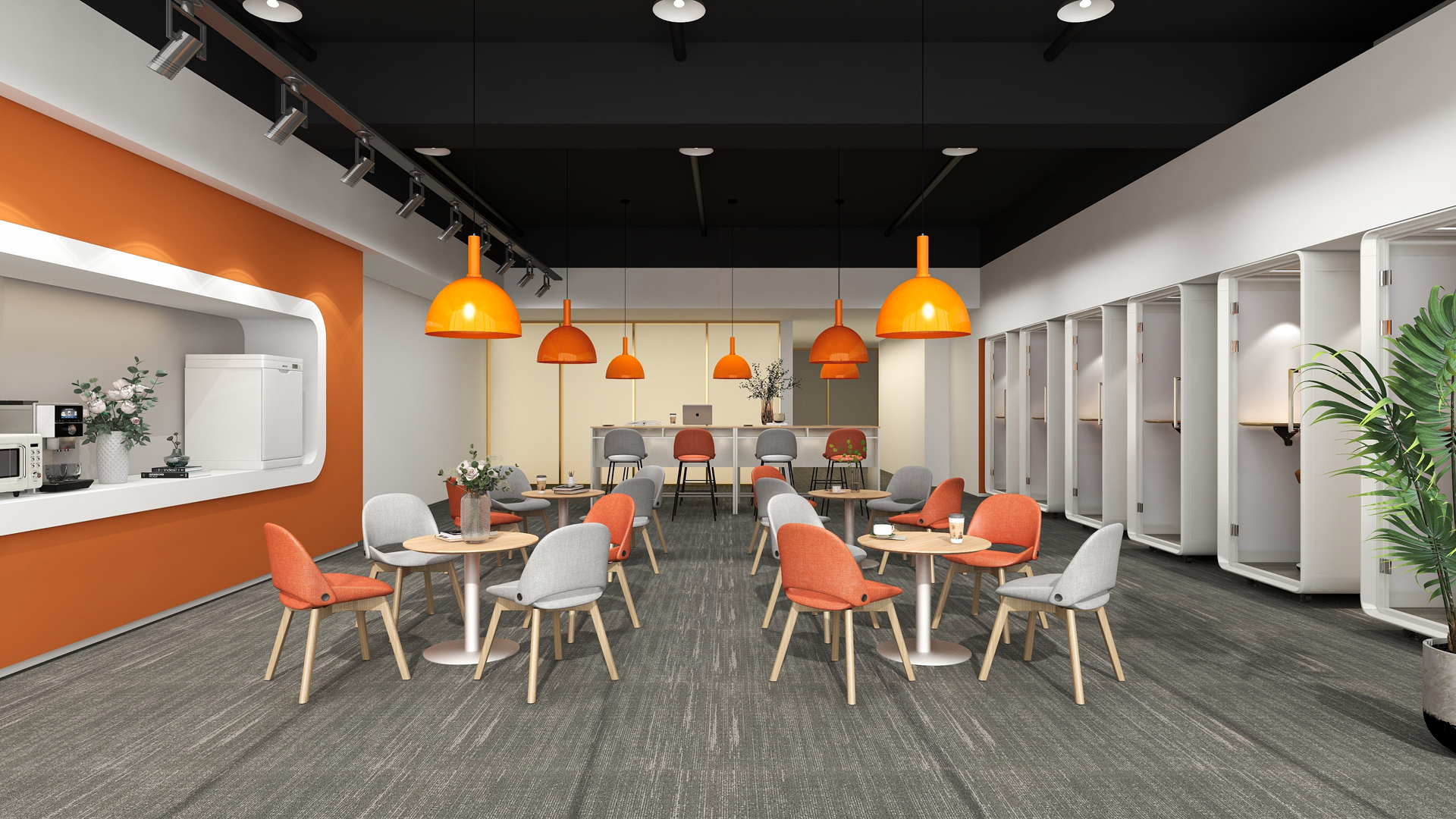
Moveable dividers/partitions for a quick change in settings
Dividers, often known as partitions, can be quickly and easily utilised to separate workstations, split a room, or make a room into a bigger, open area. When splitting teams for projects, they serve as movable walls that are highly helpful, especially when teams are switched out regularly. For phone calls or conversations that require a more private setting, these partitions may also assist make a place into a private area.
Flexible tech and tools for uninterrupted work
Mobile technology solutions enable collaborative working and freer communication. Provide the appropriate technology tools, a pantry or break area, and private locations for meetings or phone calls for groups and teams. Due to the fact that these instruments are necessary to do numerous jobs, spaces without them may only be partially or never be used at all. Every area of your office may become a future multifunctional workspace thanks to flexible technology and tools like wireless charging, mobile boards, projectors, and smart ambient lighting.
The coffee shop experience
Currently finding its way into office design is the "coffee shop atmosphere." Designs that resemble coffee shops demonstrate how to bring the relaxed ambience of your neighborhood café into the workplace. Coffee shops are increasingly utilised for much more than just having refreshments. Working, reading, holding meetings, and much more have all become commonplace. Similar to this, an office cafeteria may be quite multipurpose, and some decorative flare in the form of pleasing colors, artwork, and cosy seating can help tie everything together.
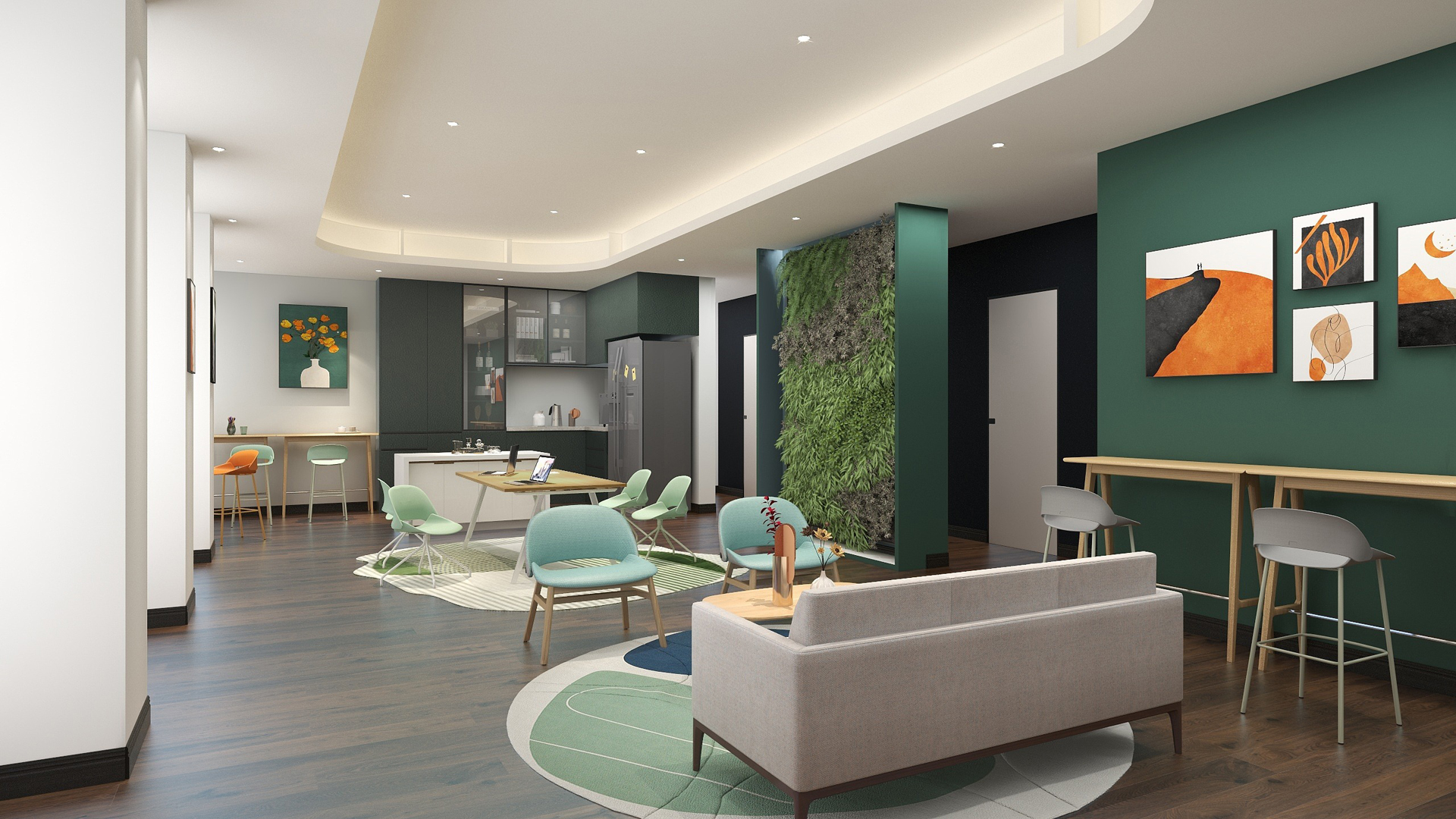
Key takeaway
Office layouts are evolving and becoming more open, conversational, and practical. Given that workplace spaces are limited, the new era of space design in offices necessitates originality and versatility. With limited square feet, a multipurpose workspace layout helps maximise the available area. Overall, multipurpose office layouts offer advantages to both employers and employees.

